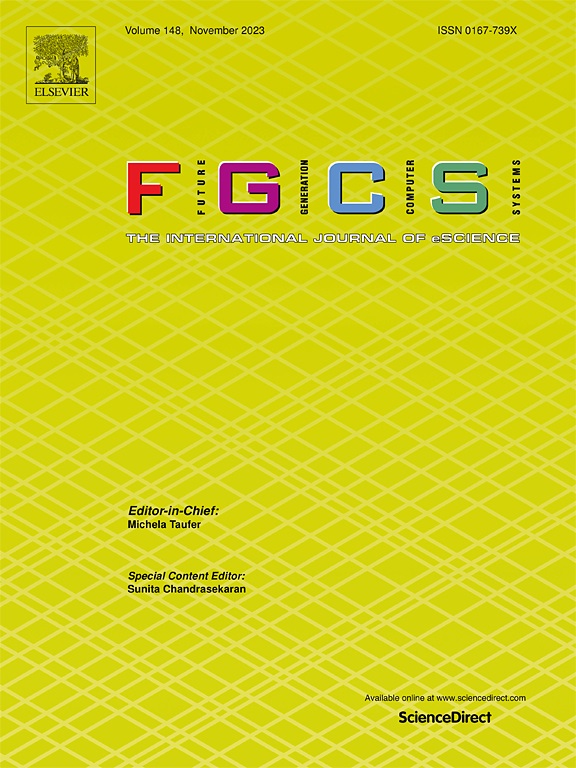利用多知识表示学习蛋白质语言对比模型
IF 6.2
2区 计算机科学
Q1 COMPUTER SCIENCE, THEORY & METHODS
Future Generation Computer Systems-The International Journal of Escience
Pub Date : 2024-10-25
DOI:10.1016/j.future.2024.107580
引用次数: 0
摘要
蛋白质表征学习在全面了解生物调控机制以及开发用于治疗目的的蛋白质和药物方面发挥着至关重要的作用。然而,有标记的蛋白质,如测序和功能注释数据,既不完整也很少。因此,对比学习已成为从无标记数据样本中学习有意义表征的首选技术。此外,目前从单一领域提取蛋白质知识并不能完全描述天然蛋白质。因此,本研究提出了基于多知识表征学习的蛋白质对比模型框架 Pro-CoRL。其中,Pro-CoRL 利用凸近似平滑目标函数,从而提高了训练的稳定性。在预测蛋白质-蛋白质相互作用类型和聚类蛋白质家族方面的大量实验证实了 Pro-CoRL 的高准确性和鲁棒性。本文章由计算机程序翻译,如有差异,请以英文原文为准。
Learning protein language contrastive models with multi-knowledge representation
Protein representation learning plays a crucial role in obtaining a comprehensive understanding of biological regulatory mechanisms and in developing proteins and drugs for therapeutic purposes. However, labeled proteins, such as sequenced and functionally annotated data, are incomplete and few. Thus, contrastive learning has emerged as the preferred technique for learning meaningful representations from unlabeled data samples. In addition, at present, natural proteins cannot be fully described by extracting protein knowledge from a single domain. Therefore, Pro-CoRL, a protein contrastive models framework based on multi-knowledge representation learning, was proposed in this study. In particular, Pro-CoRL smooths the objective function using convex approximation, thereby improving the stability of training. Extensive experiments on predicting protein–protein interaction types and clustering protein families have confirmed the high accuracy and robustness of Pro-CoRL.
求助全文
通过发布文献求助,成功后即可免费获取论文全文。
去求助
来源期刊
CiteScore
19.90
自引率
2.70%
发文量
376
审稿时长
10.6 months
期刊介绍:
Computing infrastructures and systems are constantly evolving, resulting in increasingly complex and collaborative scientific applications. To cope with these advancements, there is a growing need for collaborative tools that can effectively map, control, and execute these applications.
Furthermore, with the explosion of Big Data, there is a requirement for innovative methods and infrastructures to collect, analyze, and derive meaningful insights from the vast amount of data generated. This necessitates the integration of computational and storage capabilities, databases, sensors, and human collaboration.
Future Generation Computer Systems aims to pioneer advancements in distributed systems, collaborative environments, high-performance computing, and Big Data analytics. It strives to stay at the forefront of developments in grids, clouds, and the Internet of Things (IoT) to effectively address the challenges posed by these wide-area, fully distributed sensing and computing systems.

 求助内容:
求助内容: 应助结果提醒方式:
应助结果提醒方式:


